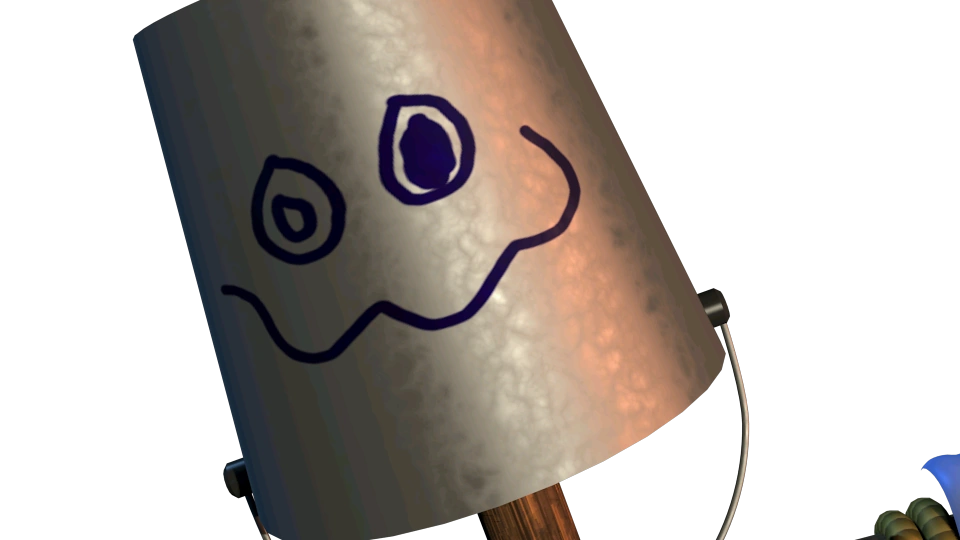Trash and the Gang: An Overview of Their Physical Features, Personality, and Behavior
Physical Features:
Trash and the Gang, introduced in Freddy Fazbear’s Pizzeria Simulator (FNaF 6), is a unique and humorous group of animatronics composed of everyday garbage items, reflecting a more comical and low-budget approach compared to the other characters in the game. The group consists of:
- Mr. Can-Do: A simple, upright trash can with a pair of stick-like arms and a smiley face drawn on its surface.
- Bucket Bob: A mop bucket with a wooden stick for a body and a face drawn onto the bucket, creating a rudimentary appearance.
- Pan Stan: A cooking pan with a face drawn on it, serving as the head, with simple legs attached underneath.
- No. 1 Crate: A wooden crate with a large number “1” painted on it and simple stick limbs.
- Mr. Hugs: A vacuum cleaner with googly eyes, giving it an anthropomorphized appearance.
Despite their rudimentary construction, these characters are animated in the game, adding to their bizarre charm.
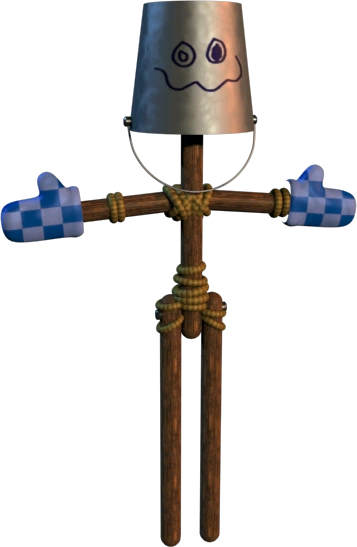
Personality:
Trash and the Gang are designed to be a humorous, self-aware commentary on the lower-quality, low-effort animatronics that might be found in a struggling pizzeria. Their personalities reflect this makeshift nature, coming across as cheerful and eager despite their trashy appearances. The group’s charm lies in their absurdity, as they attempt to entertain despite being made of literal junk.
Their interactions and demeanor are simplistic, and they seem blissfully unaware of their lowly status compared to the more polished animatronics. This gives them a certain endearing quality, as they embody the spirit of making the best out of what little they have.
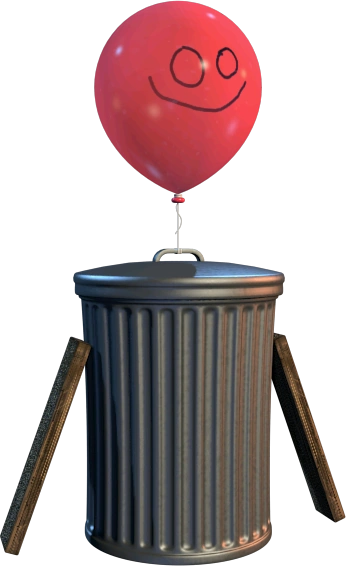
Behavior:
In Freddy Fazbear’s Pizzeria Simulator, Trash and the Gang function as part of the background atmosphere and humor of the game rather than as direct threats to the player. They don’t have complex mechanics or direct interactions in the same way as the main animatronics. Instead, they add a layer of absurdity and light-heartedness to the otherwise eerie and tense environment of the game.
Their behavior is passive; they don’t hunt the player or cause jumpscares. Instead, they serve as a reminder of the declining quality of the pizzeria and add a unique flavor to the game’s tone. Their presence is more about adding to the thematic and aesthetic diversity of the game, contrasting with the more threatening and sinister animatronics.
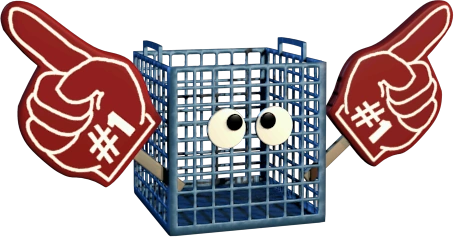
In-Depth Lore of Trash and the Gang
Origins and Conceptual Background:
Trash and the Gang are a group of makeshift animatronics introduced in Freddy Fazbear’s Pizzeria Simulator (FNaF 6). Their existence is deeply tied to the narrative of a decaying, failing pizzeria franchise, which is a central theme of the game. Unlike the other animatronics in the series, who are often sophisticated, technologically advanced, and haunted by dark pasts, Trash and the Gang represent the lowest point of the franchise’s decline—both in terms of quality and resources.
These characters are not traditional animatronics but rather a collection of junk items haphazardly assembled to resemble crude robotic entertainers. The very nature of their construction, using discarded and mundane objects, reflects the desperation and financial strain on the pizzeria. They symbolize a time when the franchise was scraping the bottom of the barrel, cutting corners in a bid to stay afloat.
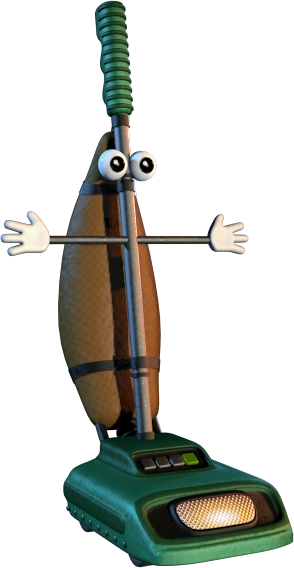
Purpose in the Pizzeria:
In the context of the game, Trash and the Gang were likely created as a last-ditch effort to provide some semblance of entertainment in a failing business. The lack of funds to repair or replace more sophisticated animatronics may have led to this creative, if not somewhat pathetic, solution. These characters were never meant to be the star attractions; rather, they were intended to fill the role of low-cost, low-effort performers who could keep younger children entertained in a pinch.
Their presence in the pizzeria is a grim reminder of how far the once-thriving business has fallen. The franchise that once prided itself on state-of-the-art animatronics and high-quality entertainment has now resorted to literal trash to maintain operations. This ironic twist adds a layer of dark humor to the game, a common thread in the FNaF series, where seemingly innocuous elements often have sinister or tragic undertones.

Symbolic Significance:
Trash and the Gang serve as a metaphor for the degradation of Freddy Fazbear’s reputation and the overall decline of the pizzeria chain. They represent the decay not just of the physical pizzerias, but also of the brand itself, which has been tarnished by scandals, hauntings, and mysterious disappearances. The once-grand vision of animatronic entertainers bringing joy to children has been reduced to this—a collection of refuse cobbled together in a desperate bid to keep the lights on.
Moreover, their existence in FNaF 6 also plays into the game’s broader theme of redemption and rebuilding. The game gives the player a chance to reconstruct the pizzeria from the ground up, making choices that could either restore its former glory or further doom it to failure. Trash and the Gang, in this context, are the starting point—an indication of just how much work needs to be done to turn things around.
Connection to the Larger Lore:
While Trash and the Gang do not possess the same haunted or malevolent backstory as many of the other animatronics in the FNaF universe, their inclusion in the game is still significant. They are a part of the world’s lore in that they show the lengths to which the franchise has fallen. Unlike other animatronics, which often contain remnants of trapped souls or are connected to the series’ darker elements, Trash and the Gang are more of a thematic device—a reflection of the franchise’s decay.
Their existence also speaks to the desperation of the franchise’s owners, who, despite everything, are still trying to make the pizzeria work, even if it means resorting to garbage. This ties into the overarching narrative of the series, which explores themes of neglect, desperation, and the consequences of cutting corners.

